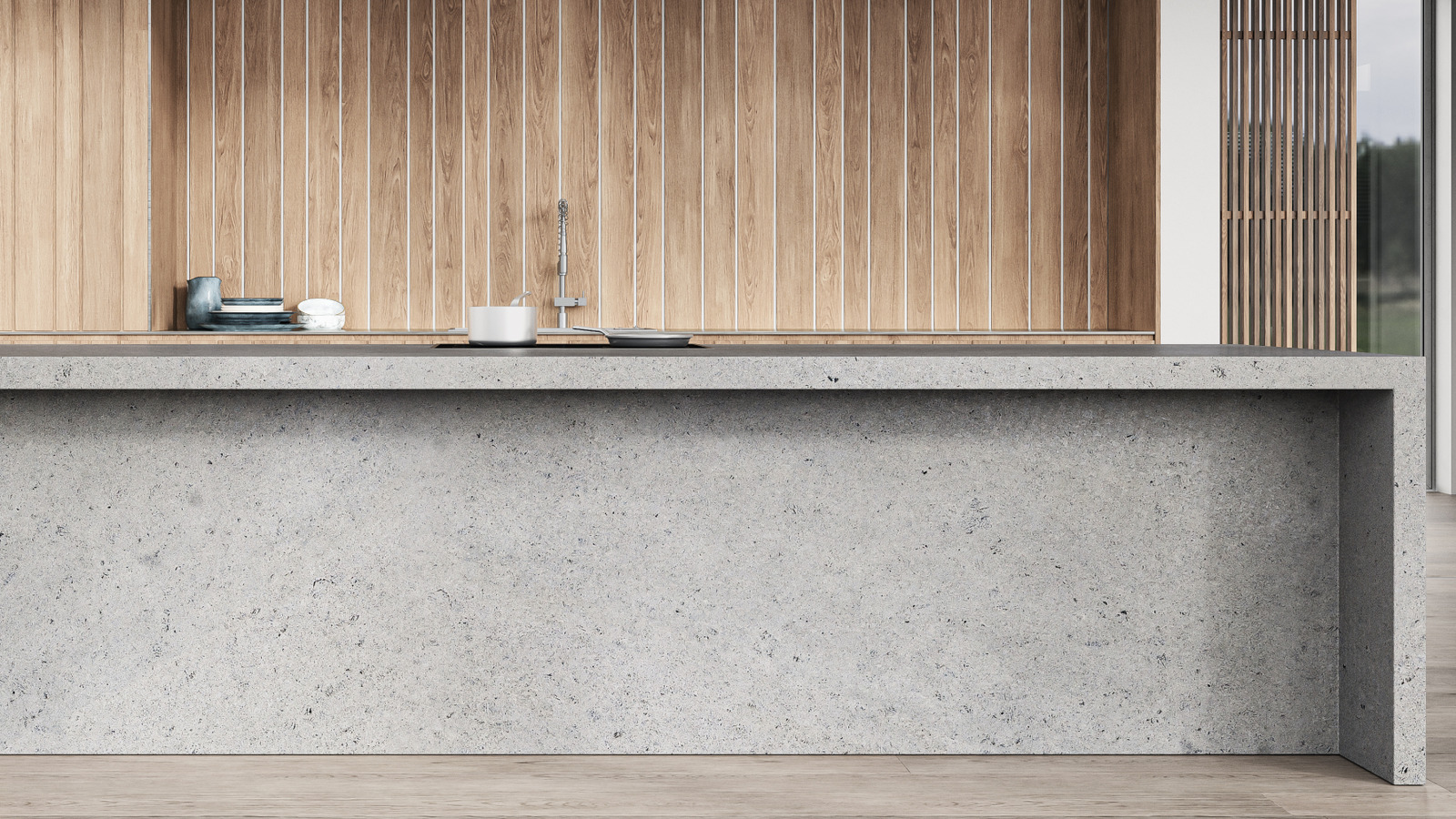
"So, which is better for your kitchen? First, understand the primary difference: concrete is poured on site for cast-in-place, while precast is poured off site. Learning how to pick the perfect countertop material for your kitchen is never easy. However, in this scenario, there's an obvious choice right off the bat: precast is neater. Cast-in-place is typically used in "sloppier" jobs, like basement walls and foundations, where there's an emphasis on avoiding transporting large components. If visual appeal matters? Most customers should stick to precast for better quality assurance."
"Customizability is the main benefit that sways homeowners towards cast-in-place instead. Despite the mess that pouring on site incurs, its adapt-as-you-go approach makes it easier to select that all-important finish. Are you envisioning troweled or polished countertops? And how complex is that design plan? If you're feeling brave, cast-in-place is sometimes worth the risk."
"As every seasoned homeowner knows, installation is only the beginning - all kitchen countertop materials demand maintenance. Yet, in this scenario, once either type of concrete is installed, the actual upkeep is similar. The only difference is that precast is stronger; cast-in-place might need extra TLC."
Precast concrete countertops are poured off-site, producing a neater finish and stronger, higher-quality results with better visual appeal. Cast-in-place countertops are poured on-site, offering greater customization and an adapt-as-you-go workflow suited to complex or unique designs but creating more mess and potential quality variability. Both types require similar maintenance after installation, including annual sealing, though cast-in-place may need additional care. Precast reduces on-site labor and transport concerns, while cast-in-place enables troweled or polished finishes tailored to homeowner preferences. Cost, desired finish, and tolerance for installation mess determine the practical choice.
Read at Tasting Table
Unable to calculate read time
Collection
[
|
...
]